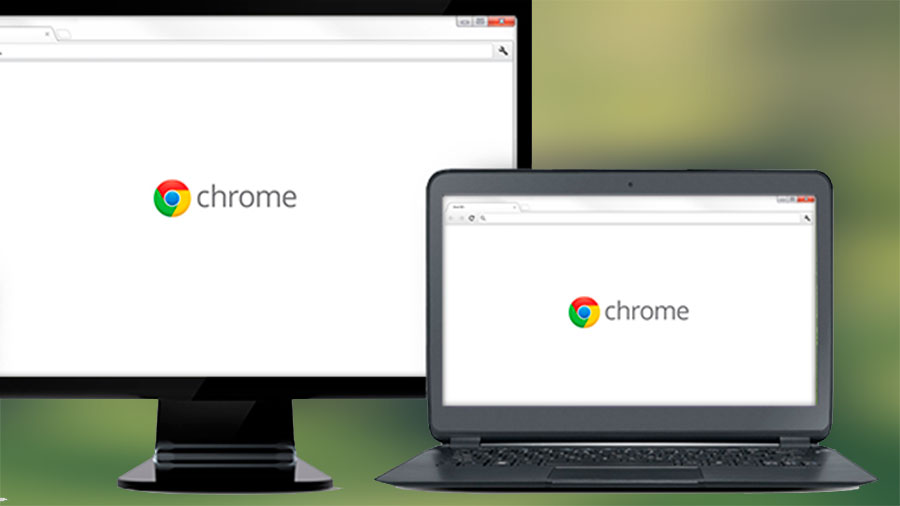
Google is experimenting with a new way to speed up web browsing in Chrome: lazy loading. Rather than loading an entire webpage at once, the browser only loads the parts that are currently displayed on the screen. The rest (everything 'below the fold') is loaded as you scroll.
Lazy loading isn't a new concept, but until now, it's been down to web developers to implement it on pages themselves. Adding it to the browser means you'll benefit from faster speeds on all sites – including those where the creators haven't implemented it.
Made for mobile
Google is currently testing lazy loading in Chrome Canary – an early-release version of the browser intended for developers and early adopters. To give it a try, download Canary, then enter chrome://flags/#enable-lazy-image-loading and chrome://flags/#enable-lazy-frame-loading.
With these flags active, the browser won't load any images or iframes that aren't currently visible. Not only does this speed up page load times, it also reduces bandwidth use, making it a particularly useful feature for mobile browsers.
According to BleepingComputer, Google initially designed lazy loading for Chrome on Android, and planned to start trials with the desktop browser if tests on Android proved successful. Clearly, they have.
Before you grab Canary, bear in mind that it's not a stable release and might be prone to crashes, so it's best not to make it your default browser.
Sign up for breaking news, reviews, opinion, top tech deals, and more.

Cat is TechRadar's Homes Editor specializing in kitchen appliances and smart home technology. She's been a tech journalist for 15 years, having worked on print magazines including PC Plus and PC Format, and is a Speciality Coffee Association (SCA) certified barista. Whether you want to invest in some smart lights or pick up a new espresso machine, she's the right person to help.